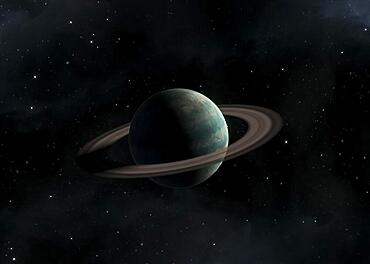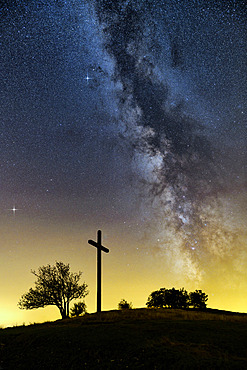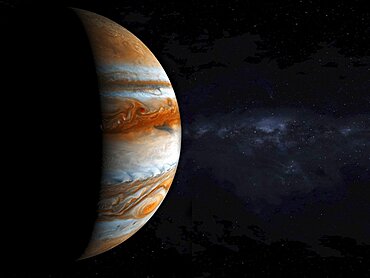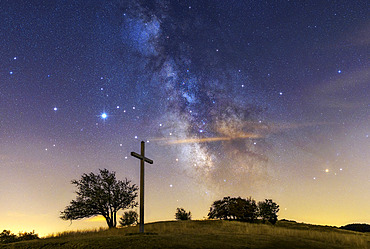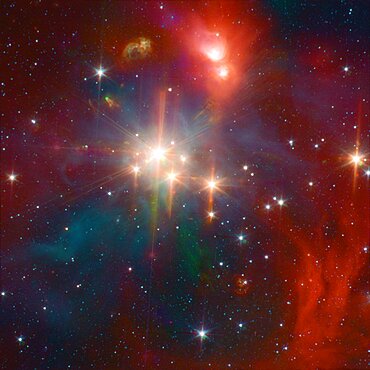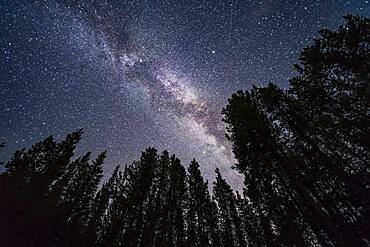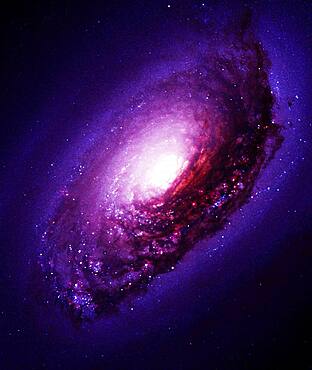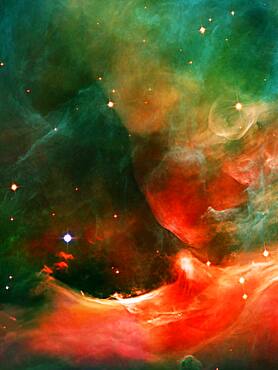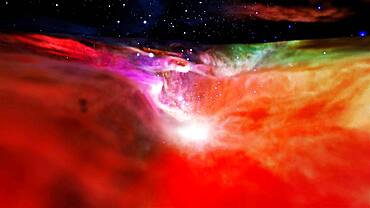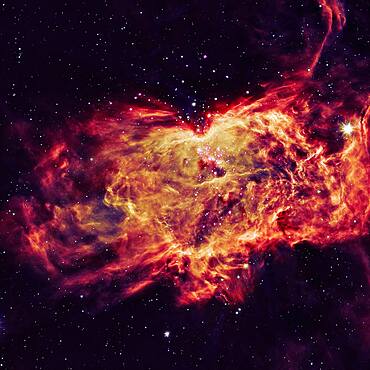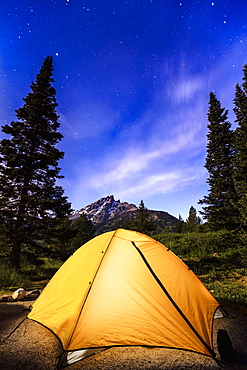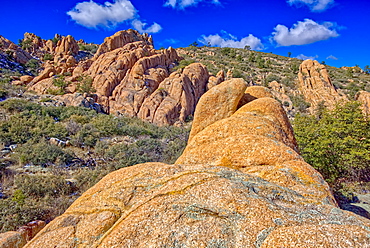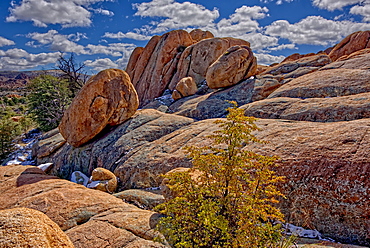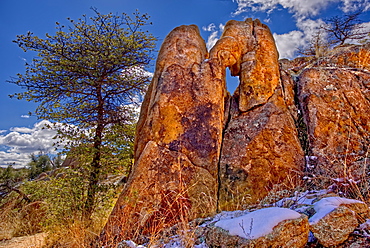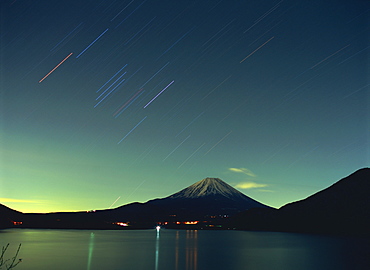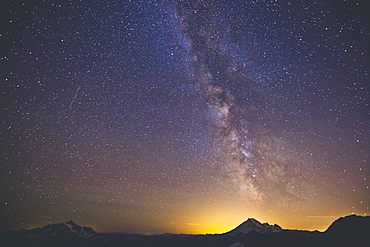Recent searches
Loading...
832-396706 - Diffuse Emission Nebula M42, Orion Nebula, Messier 42, in the constellation Orion with molecular cloud of hydrogen and oxygen ions, Bavaria, Germany, Europe
832-396709 - Emission Nebula NGC2244, Rosette Nebula with open star clusters in the constellation Unicorn, Bavaria, Germany, Europe
832-396708 - Emission Nebula NGC2244, Rosette Nebula with open star clusters in the constellation Unicorn, Bavaria, Germany, Europe
860-290891 - The Milky Way over the Jura in summer, Jupiter and Saturn shining near the Milky Way, Croix de Famban, in the Grand Colombier massif, Ain, France
1178-42763 - United States, Utah, Escalante, Milky way visible in dark skies
746-90032 - Milky Way constellation and the megaliths of Argimusco, Montalbano Elicona, Sicily, Italy, Europe
1348-5505 - Meteors burning through Mars atmosphere on a collision path concept panoramic
1348-5526 - Planet Venus orbiting in space with moons concept
1348-5497 - Planet Venus orbiting in space with moons concept panoramic
1348-5523 - Sunrise over the gas giant Neptune with strong shadows concept
1348-5496 - Planet Venus orbiting in space with moons concept panoramic
1348-5527 - Planet Venus orbiting in space with moons concept
1348-5495 - Dramatic sunrise over the gas giant Saturn illuminating the rings concept panoramic. Some elements sourced from NASA public Domain.
1348-5502 - Ice giant Uranus in space with moons concept panoramic
1348-5499 - Planet Venus at sunrise with a vibrant sun concept panoramic
1348-5524 - Gas giant Neptune in space with moons and atmosphere concept
1348-5507 - Sunrise over Earth from space with the moon moving past the sun panoramic concept. Some elements sourced from NASA public Domain.
1348-5494 - Gas giant Neptune in space with moons and atmosphere concept panoramic
1348-5492 - Jupiter gas giant slowly orbiting in deep space concept panoramic. Some elements sourced from NASA public Domain.
1348-5488 - Dramatic sunrise with flare over the gas giant Jupiter in space concept panoramic. Some elements sourced from NASA public Domain.
1348-5504 - Ice giant Uranus in space with moons concept panoramic
1348-5500 - Planet Venus orbiting in space with moons concept panoramic
1348-5521 - Jupiter gas giant slowly orbiting in deep space concept
1348-5498 - Planet Venus at sunrise with a vibrant sun concept panoramic
1348-5529 - Ice giant Uranus in space with moons concept
1348-5528 - Satellite orbiting the Earth at sunrise from space concept
1348-5493 - Sunrise over the gas giant Neptune with strong shadows concept panoramic
1348-5503 - Ice giant Uranus in space with moons concept panoramic
1348-5487 - Jupiter gas giant slowly orbiting in deep space concept panoramic. Some elements sourced from NASA public Domain.
1348-5506 - Strong sun flare hitting the Earths atmosphere concept panoramic. Some elements sourced from NASA public Domain.
1348-5489 - Jupiter gas giant slowly orbiting in deep space concept panoramic. Some elements sourced from NASA public Domain.
1348-5491 - gas giant Saturn with a bright sun orbiting in space concept panoramic. Some elements sourced from NASA public Domain.
1348-5501 - Gas giant Neptune with clouds and atmosphere concept panoramic
1348-5520 - Jupiter gas giant slowly orbiting in deep space concept
1348-5522 - gas giant Saturn with a bright sun orbiting in space concept
1348-5490 - Jupiter gas giant slowly orbiting in deep space concept panoramic. Some elements sourced from NASA public Domain.
1348-5525 - Dramatic sunrise over the gas giant Saturn illuminating the rings concept
860-289981 - Jupiter, Saturn and the Milky Way over the Jura Mountains, Crêtes du Grand Colombier, South of the Jura Massif, France
1349-911 - Corona Australis, Southern Crown Constellation
1349-1583 - Milky Way over New Technology Telescope
1349-916 - Vega, Brightest Star In the Constellation Lyra
1349-1591 - Southern Stars over Atacama Desert, Chile
1349-1577 - International Space Station Crossing the Sky
1350-56 - This is the rich region in the centre of the constellation of Auriga with the Flaming Star Nebula, IC 405 at right, and the roundish IC 410 at bottom with the cluster NGC 1893. At top left is the star cluster Messier 38, with small NGC 1907 below it. The small nebula at left is IC 417 around the loose cluster Stock 8. The large elongated nebula at top is Sharpless 2-230. The colourful asterism of stars between IC 405 and IC 410 is the Leaping Minnow or Little Fish, aka Mel 31.
1350-18 - Gum Nebula area of Vela and Puppis. Taken from Atacama Lodge, Chile, March 19, 2010, with modified Canon 5D MkII and Sigma 50mm lens at f/4, for stack of 10 x 6 minute exposures (Mean combined) at ISO 800 plus 2 x 6 minutes with Kenko Softon filter. High contrast boost and Selective Colour adjustments to bring out nebulocity while retaining neutral sky.
1350-33 - Sagittarius and Scorpius in diagonal framing, with Milky Way from Ara to Serpens. Taken with 50mm Sigma lens at f/4 and Canon 5D MkII at ISO 800 for stack of just 2 frames each at 6 minutes. Cloud prevented more exposures. Taken from Atacama Lodge, San Pedro de Atacama, Chile.
1350-58 - This is the nebula rich region in the constellation of Monoceros the Unicorn with the dark Cone Nebula (left of centre) and the small V-shaped and bright Hubble's Variable Nebula at bottom, a reflection nebula that varies in form and brightness. Above the Cone Nebula is the triangular Christmas Tree Cluster, NGC 2264, here upside down as the bright blue star 15 Mon is the base of the tree. The large region of nebulosity is Sharpless 2-273. The V-shaped dark nebula above centre is LDN 1603.
1350-111 - The constellation of Scorpius with bright reddish Antares at top, with even brighter reddish Mars above it, and whie Saturn to the left of Antares. This shows all of Scorpius with Corona Australis and Ara below.
1350-34 - All of Scorpius, plus parts of Lupus and Ara regions of the southern Milky Way. This area was directly overhead when I took this at about 4:30 am local time on April 6, 2014 from near Coonabarabran, Australia. The head of Scorpius is at top his tail at bottom though you could turn this image any direction and it would be correct as seen in the sky at this latitude, depending on the time of night. But in portrait mode like this north is at top. Along the Milky Way are numerous nebulas, including the False Comet area, the Cat's Paw area, and the colourful nebulas around Antares at top. The dark Pipe Nebula is at left of frame.
1350-57 - Orion and the winter stars and constellations rising in the light of a first quarter Moon on December 3, 2019. The vertical format sweeps up the Milky Way.
1350-152 - The constellation of Orion the Hunter, at right, and his two Hunting Dogs and their brightest stars: Procyon in Canis Minor (at left) and Sirius in Canis Major (at bottom).
1350-102 - The Big Dipper in hazy clouds over the Waterton River at Maskinonge Pond, September 23, 2016, taken at the Night Photography Workshop I conducted there that night. The glow at right is light pollution from the Shell Waterton Gas Plant and from Pincher Creek to the north.
1350-170 - The summer Milky Way overhead and through the Summer Triangle stars in July, looking up through trees in Banff National Park at Herbert Lake. Deneb is at top left, Vega at top right, and Altair is at bottom. The bright Cygnus star cloud is obvious. As are the dark lanes in the Milky Way, including the Funnel Nebula at top, aka Le Gentil 3.
1116-48940 - A starry sky with light glowing on the horizon and a tree in the foreground, Ethiopia
1116-47178 - Tent And Milky Way Visible In The Sky Over Teton Range, Grand Teton National Park, Wyoming, United States Of America
1116-46387 - Milky Way As Seen From Saddle Road, Hawaii, United States Of America
1174-6135 - Milky Way galaxy over campsite in starry night sky
1311-24 - Strangely shaped granite rocks along a trail in Constellation Park called Hole in the Wall, Prescott, Arizona, United States of America, North America
1311-25 - Large boulders balanced on a sloping ledge of Granite along the PMBA Trail in Constellation Park in Prescott, Arizona, United States of America, North America
1311-26 - A large wall of fractured Granite along a trail in Constellation Park in Prescott called The Lost Wall, Arizona, United States of America, North America
1311-23 - A granite rock formation along the Hole in the Wall Trail in Constellation Park in Prescott giving the trail its name, Arizona, United States of America, North America
860-286969 - The Milky Way in the sky of the Alps Hautes-Alpes, France
860-286970 - The Milky Way in the sky of the Alps Hautes-Alpes, France
1269-234 - A person looks at stars near his red tent, Unterer Segnesboden, Flims, District of Imboden, Canton of Grisons (Graubunden), Switzerland, Europe
857-92641 - Aurora Borealis (Northern Lights) in Oulu, Finland during the peak of a solar storm.
857-92643 - Aurora Borealis (Northern Lights) in Oulu, Finland during the peak of a solar storm.
857-92642 - Aurora Borealis (Northern Lights) in Oulu, Finland during the peak of a solar storm.
857-93840 - Tarp Tent Below Night Sky And Milky Way In North Cascades National Park
857-93839 - The Milky Way Galaxy Displayed Above Mount Baker As Seen From North Cascades National Park

